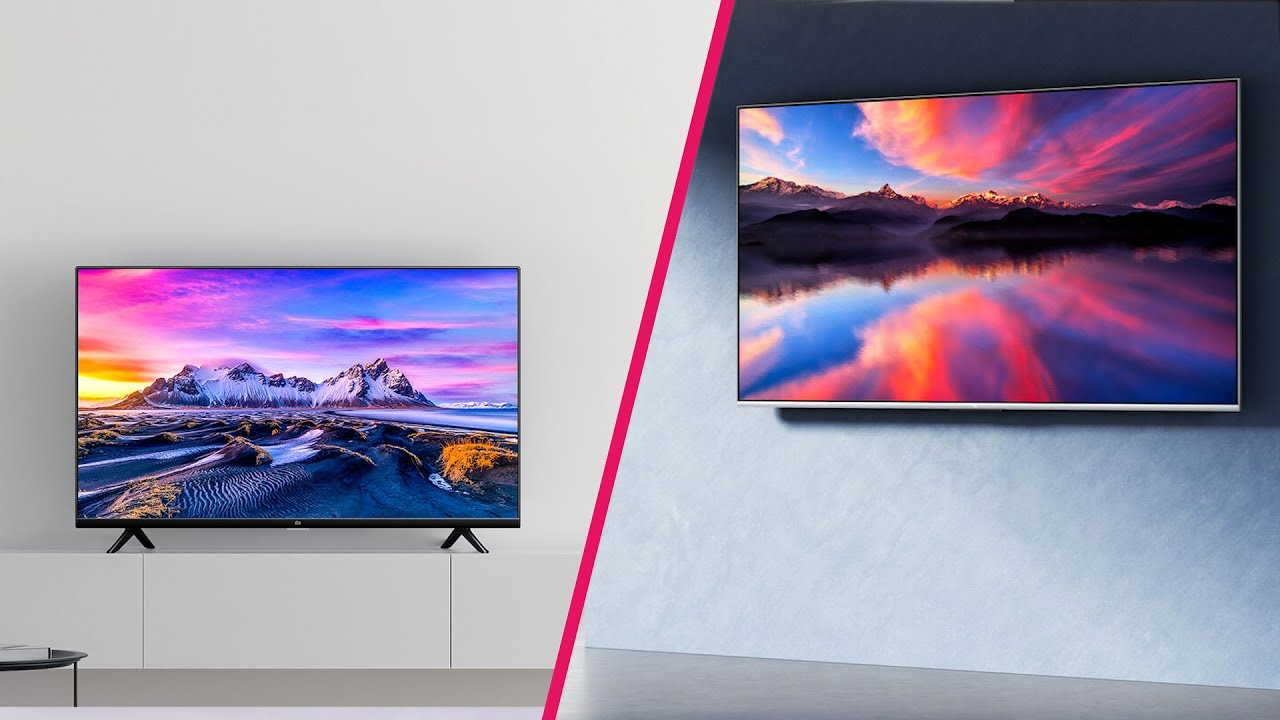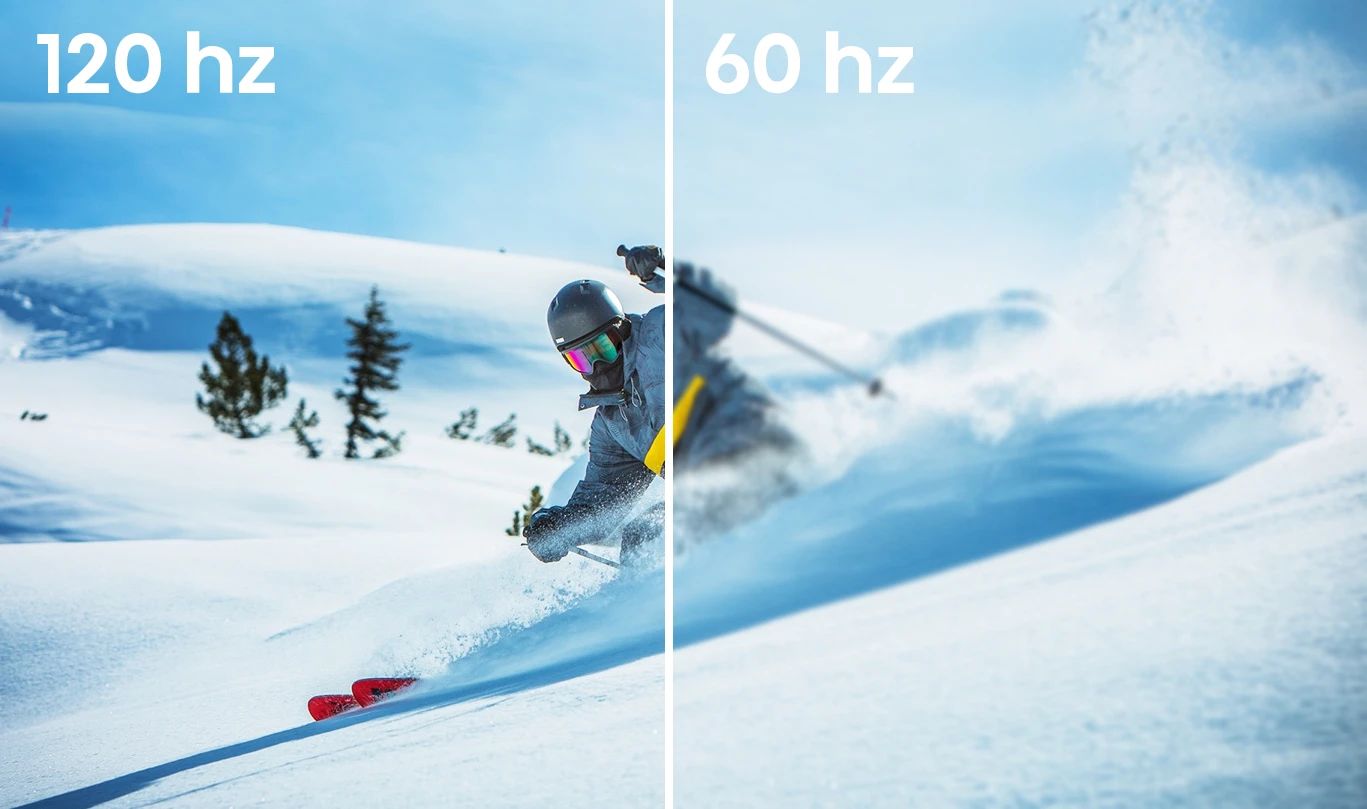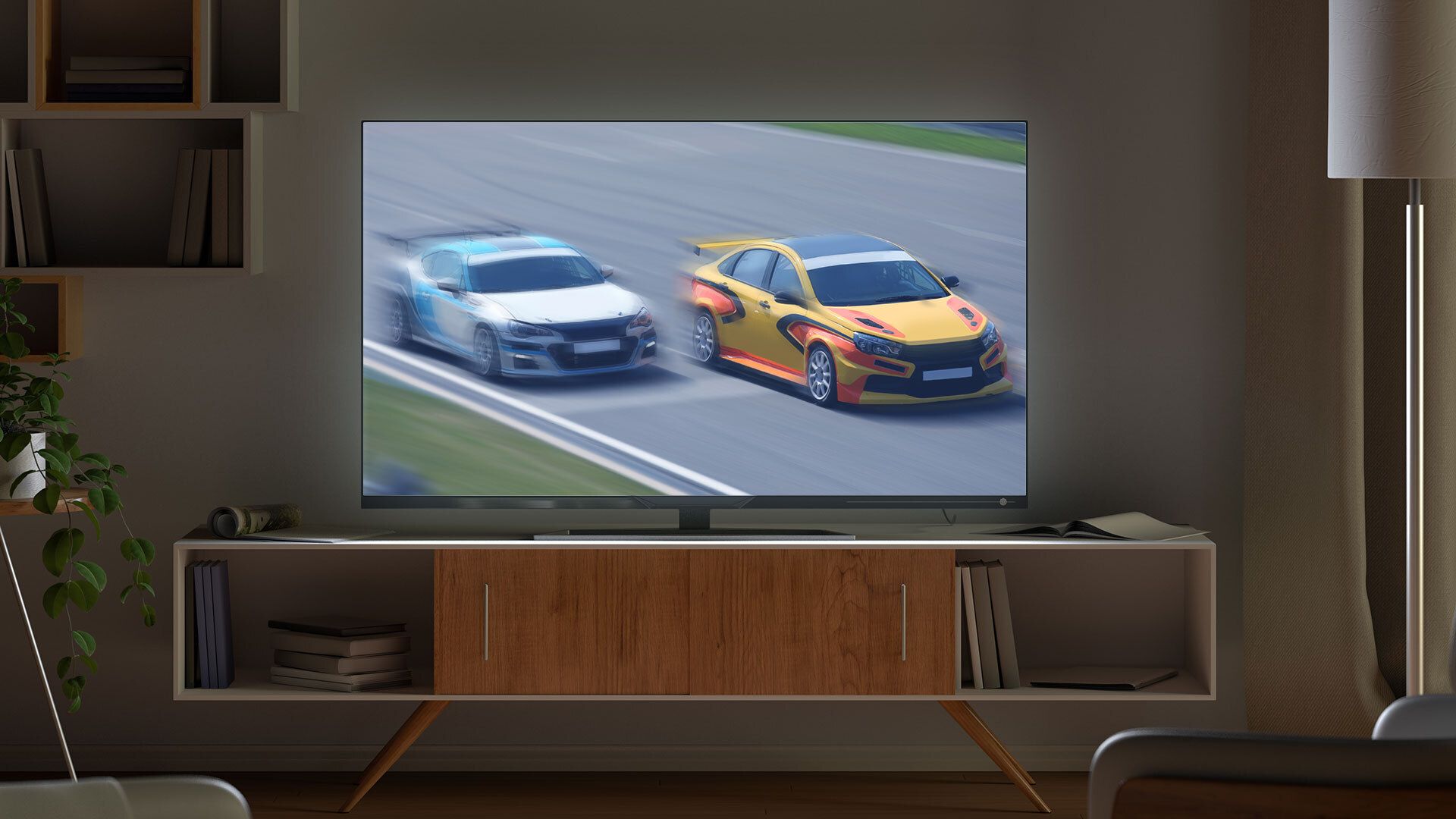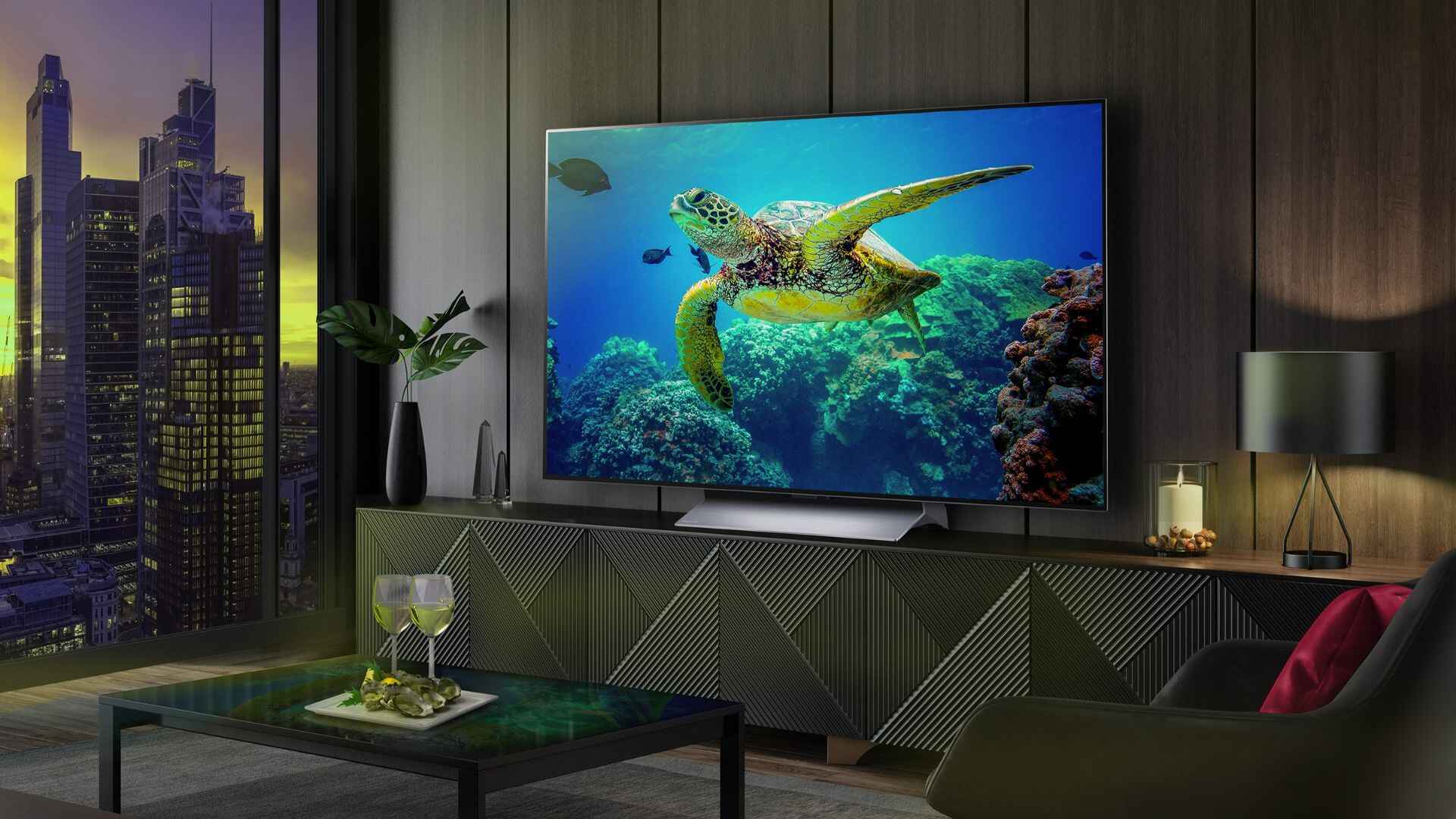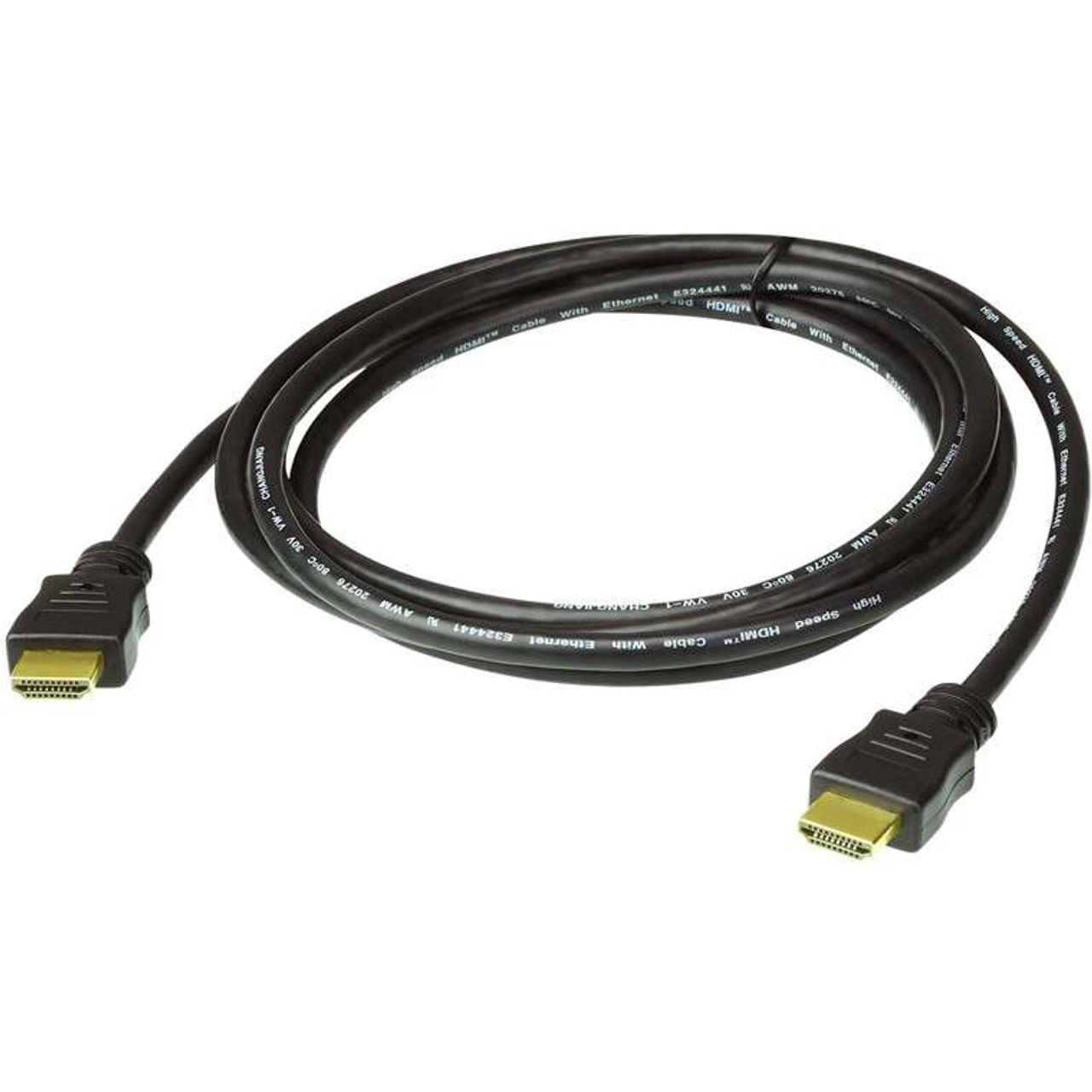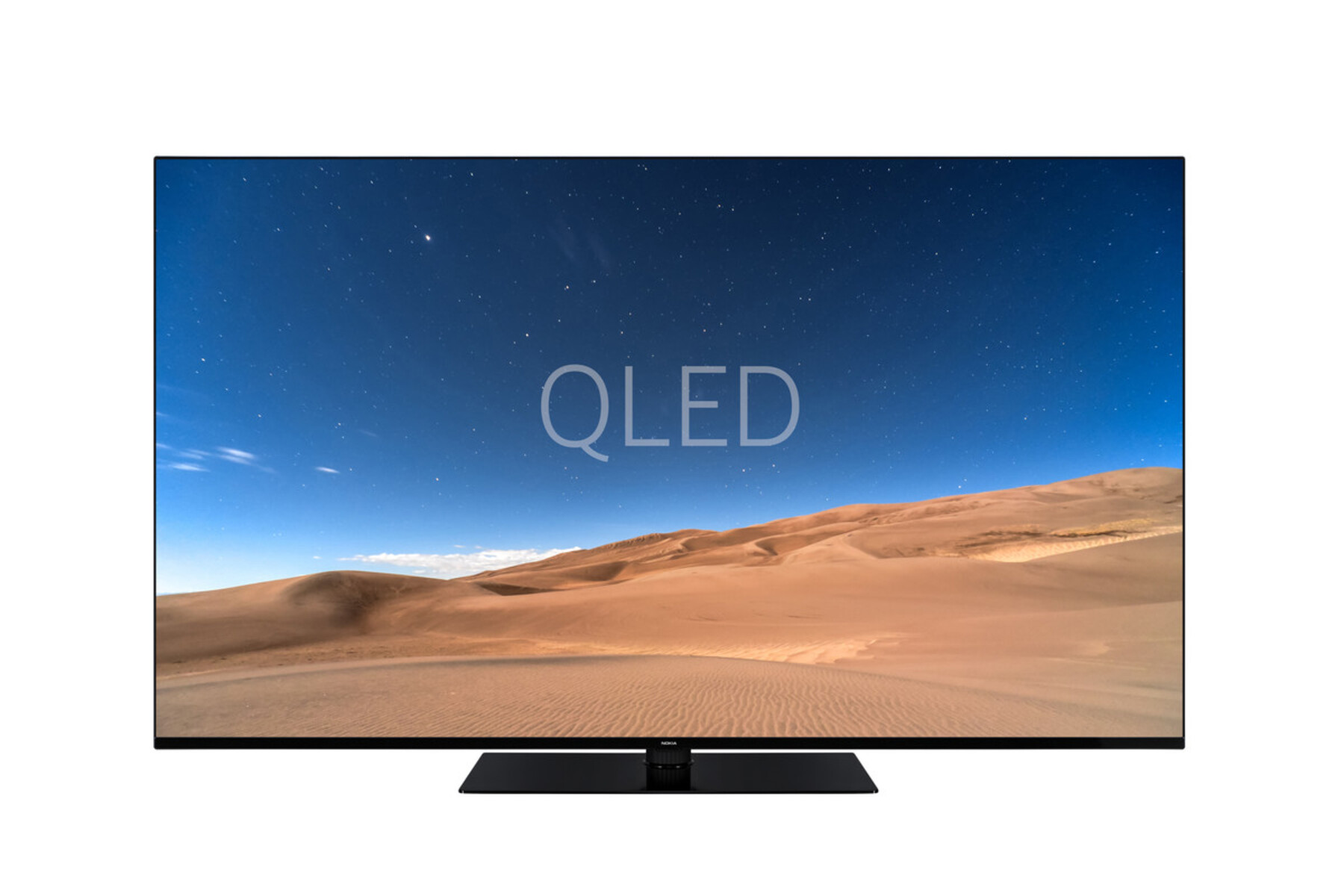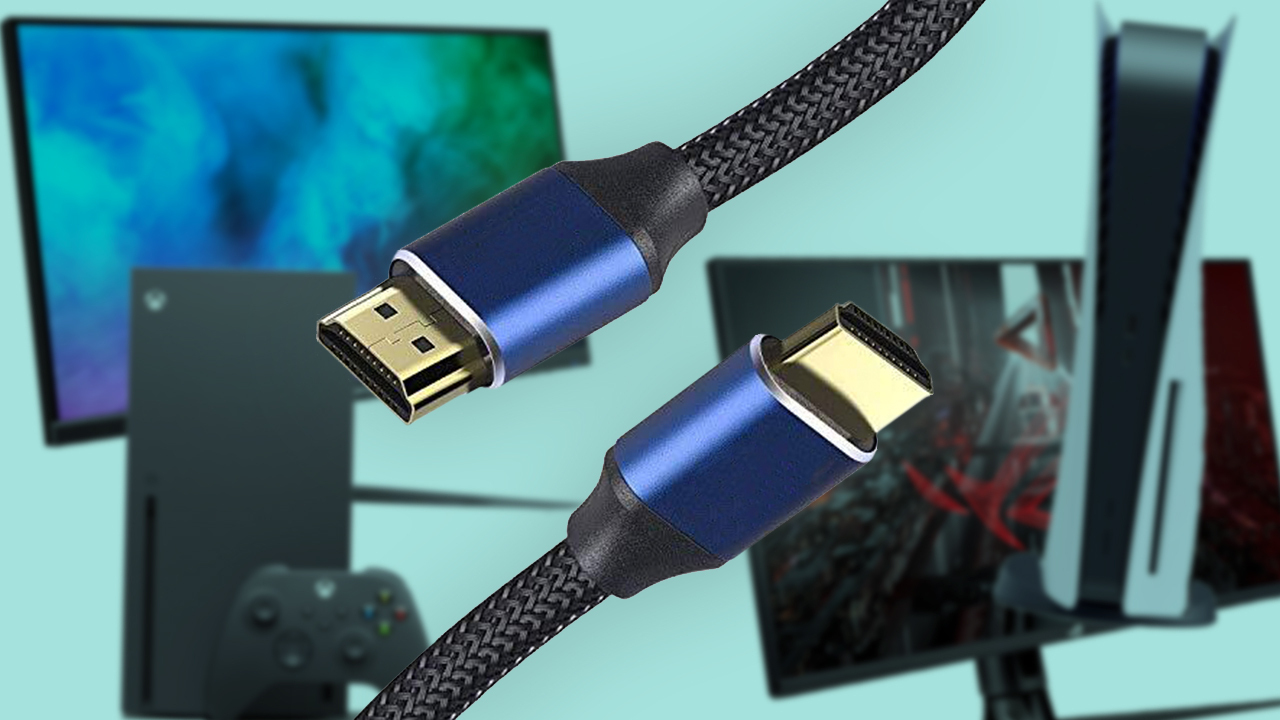Introduction
LED TVs have become a popular choice among consumers due to their superior image quality and energy efficiency. When shopping for an LED TV, you may come across terms like “60Hz” and “120Hz” refresh rates. These numbers indicate how many times the screen refreshes per second, which can greatly impact the viewing experience. In this article, we will explore the difference between 60Hz and 120Hz LED TVs and help you understand which refresh rate is best suited for your needs.
Before we dive into the details, it’s important to have a basic understanding of what a refresh rate is. Put simply, it’s the rate at which the TV updates or “refreshes” the image on the screen. The higher the refresh rate, the smoother the motion appears to the viewer. A higher refresh rate can reduce motion blur and provide a clearer, more lifelike image.
Now let’s take a closer look at what exactly 60Hz and 120Hz refresh rates mean and how they differ from each other.
What is a Refresh Rate?
The refresh rate of an LED TV refers to how frequently the screen updates the image content. It is measured in Hertz (Hz), which signifies the number of times the screen refreshes per second. A higher refresh rate results in smoother motion and reduced motion blur.
To understand refresh rate better, let’s consider a 60Hz refresh rate. In this case, the screen refreshes the image 60 times per second. Each refresh displays a new frame, and these frames together create the illusion of continuous motion. On the other hand, a 120Hz refresh rate updates the screen 120 times per second, resulting in even smoother motion.
It’s important to note that the content you’re watching also influences the perceived smoothness. For example, movies and TV shows are typically filmed at 24 frames per second (fps). With a 60Hz refresh rate, the TV has to repeat frames to match the refresh rate, which can result in a slight judder. However, with a 120Hz refresh rate, the TV can display each frame more evenly, leading to smoother playback.
While a higher refresh rate can improve motion clarity, it may not always be noticeable in all types of content. Video games, sports events, and action-packed movies with fast-paced scenes benefit the most from a higher refresh rate, as it can reduce motion blur and provide a more immersive experience. On the other hand, content with slower movement, such as dramas or documentaries, may not see a significant advantage with a higher refresh rate.
Understanding the concept of a refresh rate is essential when considering the purchase of an LED TV. The refresh rate plays a crucial role in ensuring smooth motion and image quality. Now that we have a grasp on the basics, let’s delve into the differences between a 60Hz and 120Hz LED TV.
Understanding 60Hz
A 60Hz LED TV has a refresh rate of 60 times per second. This is the standard refresh rate for most LED TVs available in the market. With a 60Hz refresh rate, the screen updates the image 60 times every second, resulting in a smooth visual experience for most content.
One advantage of a 60Hz refresh rate is that it is compatible with various types of content, including movies, TV shows, and video games. As mentioned earlier, most movies and TV shows are shot at 24 frames per second. With a 60Hz refresh rate, the TV can display each frame multiple times to match the refresh rate, ensuring a fluid and natural playback experience.
While a 60Hz refresh rate provides satisfactory performance for most consumers, it may struggle to keep up with fast-paced action scenes or high-speed gaming. In such cases, motion blur and image distortion can occur, somewhat affecting the visual quality.
It’s important to note that some 60Hz LED TVs may use motion enhancement technologies to compensate for the limitations of the refresh rate. These technologies, such as motion interpolation and backlight scanning, aim to reduce motion blur and enhance the overall sharpness. However, the effectiveness of these features can vary among different TV models.
In summary, a 60Hz refresh rate is the standard for most LED TVs and offers a smooth viewing experience for most types of content. While it may struggle with fast-paced action scenes, it remains a popular choice due to its compatibility and affordability.
Understanding 120Hz
A 120Hz LED TV has a refresh rate of 120 times per second, which is double the standard refresh rate of 60Hz. With a higher refresh rate, a 120Hz LED TV offers even smoother motion, making it particularly well-suited for fast-action content and gaming.
The main advantage of a 120Hz refresh rate is its ability to reduce motion blur and provide a clearer, more detailed image. In fast-paced scenes, a 120Hz LED TV can display each frame more accurately, resulting in a smoother viewing experience. This is especially beneficial for sports events, action movies, and video games, where quick movements and high-speed action are prevalent.
The higher refresh rate of 120Hz also enhances the performance of motion enhancement technologies, such as motion interpolation and backlight scanning. These features work more effectively at higher refresh rates, further reducing motion blur and enhancing the sharpness and clarity of the image.
It’s worth mentioning that not all content is produced with a refresh rate that matches 120Hz. As mentioned earlier, most movies and TV shows are filmed at 24 frames per second, which can result in some frames being displayed multiple times. However, modern 120Hz LED TVs use advanced algorithms and technology to intelligently interpolate additional frames, creating smoother motion and reducing judder.
While a 120Hz refresh rate provides a more immersive and fluid viewing experience, it may not be necessary for all consumers or types of content. Slower-paced movies and TV shows may not noticeably benefit from a higher refresh rate, and some viewers may not be able to discern the difference between a 60Hz and 120Hz LED TV.
In summary, a 120Hz refresh rate on an LED TV offers superior motion clarity, reduced motion blur, and enhanced performance for fast-action content and gaming. It provides a more immersive and visually pleasing experience, especially for those who enjoy sports events, action movies, and high-speed gaming. However, the benefits of a 120Hz refresh rate may not be as noticeable for slower-paced content, and it may come at a higher price point compared to a 60Hz LED TV.
Key Differences between 60Hz and 120Hz LED TV
When comparing 60Hz and 120Hz LED TVs, there are several notable differences that can impact your viewing experience. Let’s take a closer look at the key differences between these two refresh rates:
1. Motion Clarity: One of the most significant differences between 60Hz and 120Hz LED TVs is the level of motion clarity. A 120Hz refresh rate offers smoother motion, reducing motion blur and providing a more detailed and lifelike image. Fast-paced content, such as action movies and sports events, are particularly benefited by the higher refresh rate.
2. Compatibility: A 60Hz refresh rate is compatible with a wide range of content, including movies, TV shows, and video games. This is because most content is produced at or below 60 frames per second (fps). In contrast, a 120Hz refresh rate may not have native content that matches its refresh rate, but it can use motion interpolation to create additional frames, resulting in smoother motion.
3. Budget: In terms of cost, 60Hz LED TVs are generally more affordable compared to their 120Hz counterparts. If you are on a budget or do not require the highest level of motion clarity, a 60Hz LED TV may be a more cost-effective option.
4. Gaming Performance: For gaming enthusiasts, a 120Hz refresh rate can significantly enhance the gaming experience. It reduces input lag and provides smoother motion, allowing for more precise and detailed gameplay. However, to take full advantage of a 120Hz refresh rate, you’ll need a gaming console or PC capable of producing high frame rates.
5. Personal Preference: Ultimately, the choice between a 60Hz and 120Hz refresh rate depends on personal preference and the type of content you enjoy. While a 120Hz refresh rate offers superior motion clarity, some viewers might not notice a significant difference or prioritize other features when it comes to their TV selection.
Considering these key differences can help you make an informed decision when purchasing an LED TV. Assess your specific needs, budget, and content preferences to determine which refresh rate suits you best.
Benefits of 60Hz LED TV
While a 60Hz LED TV may not offer the highest level of motion clarity, it still comes with various benefits that make it a popular choice among consumers. Let’s explore some of the advantages of a 60Hz refresh rate:
1. Compatibility: A 60Hz refresh rate is compatible with a wide range of content, including movies, TV shows, and video games. Most content is created at or below 60 frames per second (fps), meaning that a 60Hz LED TV can display the content without any issues.
2. Affordability: One of the major advantages of a 60Hz LED TV is its affordability. Compared to higher refresh rate models, 60Hz LED TVs are generally more budget-friendly, making them accessible to a broader range of consumers.
3. Energy Efficiency: LED TVs with a 60Hz refresh rate are known for their energy efficiency. They consume less power compared to higher refresh rate models, resulting in lower electricity bills and a reduced environmental impact.
4. Smooth Playback: For most types of content, a 60Hz refresh rate provides smooth playback and a satisfactory visual experience. Movies and TV shows, which are typically filmed at 24 frames per second, can be displayed evenly by repeating frames, resulting in a natural and fluid motion.
5. Reduced Artificialness: Some viewers prefer the slightly less fluid motion of a 60Hz LED TV. In certain cases, a higher refresh rate can result in overly smooth or artificial-looking motion. A 60Hz refresh rate can maintain a more natural and cinematic feel, especially for slower-paced content.
While a 60Hz LED TV may not offer the same level of motion clarity as higher refresh rate models, it still delivers a satisfactory viewing experience for most types of content. So, if you value compatibility, affordability, energy efficiency, and a more natural motion, a 60Hz LED TV might be the right choice for you.
Benefits of 120Hz LED TV
A 120Hz LED TV offers several benefits that elevate the viewing experience to a whole new level. Let’s explore the advantages of a 120Hz refresh rate:
1. Enhanced Motion Clarity: The most significant advantage of a 120Hz refresh rate is its ability to provide superior motion clarity. With twice the refresh rate of a 60Hz model, a 120Hz LED TV minimizes motion blur and delivers smoother and more lifelike motion, especially in fast-action scenes, sports events, and video games.
2. Reduced Judder: Judder refers to the uneven or jumpy motion that can occur when content filmed at a different frame rate is displayed on a TV with a standard refresh rate. With a 120Hz refresh rate, a TV can evenly display content filmed at 24 frames per second or other non-native frame rates, resulting in reduced judder and a more enjoyable viewing experience.
3. Improved Gaming Experience: Gamers can benefit greatly from a 120Hz LED TV. A higher refresh rate reduces input lag, making gameplay more responsive and precise. It also provides smoother motion during fast-action gaming, allowing for better visibility and control.
4. Efficient Motion Enhancement Technology: While motion enhancement technologies, such as motion interpolation and backlight scanning, can be found in lower refresh rate models too, they are most effective in 120Hz LED TVs. These technologies work better at higher refresh rates, reducing motion blur and enhancing the sharpness of fast-moving objects.
5. Future-Proofing: As content creators continue to develop media with higher frame rates, a 120Hz LED TV offers a more future-proof solution. It can handle higher frame rate content, ensuring optimal performance and compatibility with upcoming movies, TV shows, and gaming platforms.
While a 120Hz LED TV may come at a higher price point, the enhanced motion clarity and improved gaming experience make it worth considering for those seeking the best visual quality and smoothness. Whether you’re a avid gamer, sports enthusiast, or simply value the utmost motion clarity, a 120Hz LED TV can take your viewing experience to new heights.
Which Refresh Rate to Choose?
Choosing the right refresh rate for your LED TV ultimately depends on your specific needs and preferences. Here are some factors to consider when deciding between a 60Hz and 120Hz refresh rate:
1. Content Type: Consider the type of content you consume the most. If you frequently watch movies, TV shows, or slower-paced content, a 60Hz refresh rate would be sufficient to provide a smooth and enjoyable viewing experience. However, if you’re a fan of fast-action scenes, sports events, or gaming, a 120Hz refresh rate can significantly enhance motion clarity and reduce motion blur.
2. Budget: Take your budget into account when making a decision. 60Hz LED TVs are generally more affordable, making them a suitable choice for those on a tighter budget. On the other hand, 120Hz LED TVs tend to be more expensive due to their advanced technology and enhanced performance.
3. Gaming: If you are an avid gamer, a higher refresh rate can greatly improve your gaming experience. A 120Hz refresh rate provides smoother motion and reduces input lag, making gameplay more responsive and immersive. Consider opting for a 120Hz LED TV if gaming is a priority for you.
4. Personal Preference: Ultimately, personal preference plays a significant role in the decision-making process. Some individuals may not be able to discern a noticeable difference between a 60Hz and 120Hz refresh rate, while others highly value the enhanced motion clarity and fluidity provided by a higher refresh rate. Consider your own visual preferences and expectations when choosing the refresh rate for your LED TV.
It’s important to note that the choice between a 60Hz and 120Hz LED TV is subjective and depends on individual preferences and specific usage scenarios. Assess your needs, content preferences, and budget constraints to determine which refresh rate aligns best with your requirements.
Conclusion
When it comes to choosing between a 60Hz and 120Hz LED TV, it’s important to understand the differences and consider your specific needs and preferences. Both refresh rates offer their own set of advantages and are suitable for different viewing preferences and content types.
A 60Hz LED TV is a reliable and budget-friendly option that provides satisfactory motion clarity for most types of content. It is compatible with a wide range of media and offers smooth playback for movies, TV shows, and gaming. Additionally, a 60Hz refresh rate LED TV tends to consume less energy, making it a greener choice.
On the other hand, a 120Hz LED TV takes viewing to the next level with its enhanced motion clarity and reduced motion blur. It is particularly well-suited for fast-action content, such as sports events and action-packed movies, as well as gaming, providing a highly immersive and fluid visual experience. While a 120Hz refresh rate may require a larger investment, it offers a more future-proof option and can handle higher frame rate content.
Ultimately, the decision between a 60Hz and 120Hz LED TV comes down to personal preference, content preferences, and budget considerations. Evaluate your viewing habits, prioritize features that matter most to you, and choose accordingly. Whether you opt for the affordability and versatility of a 60Hz LED TV or the enhanced motion clarity and gaming performance of a 120Hz LED TV, both options can deliver an enjoyable and immersive viewing experience.
Remember, when shopping for an LED TV, always consider factors beyond just the refresh rate, such as display quality, resolution, connectivity options, and smart features. This holistic approach will ensure you find the right LED TV that meets your needs and provides an exceptional entertainment experience for years to come.







